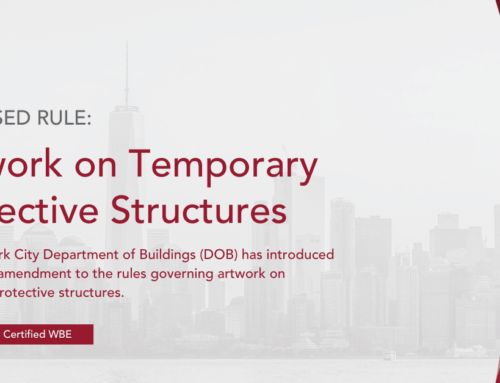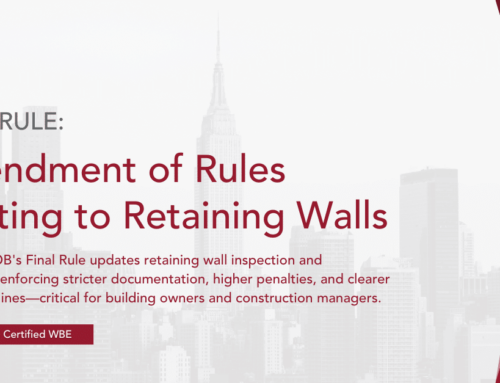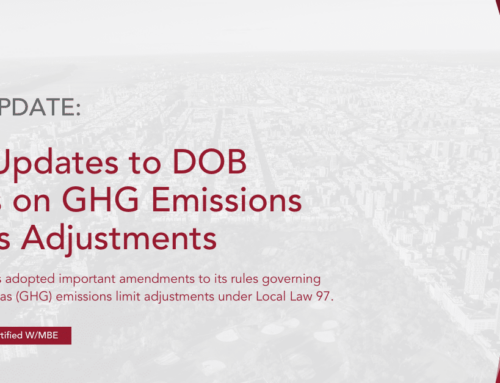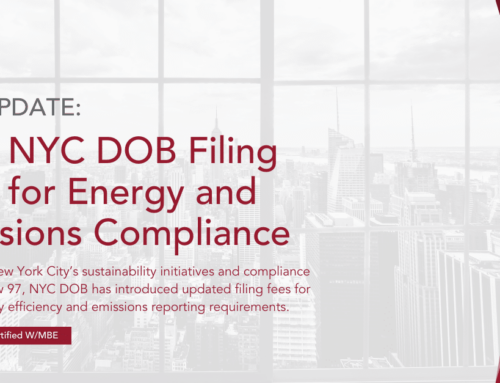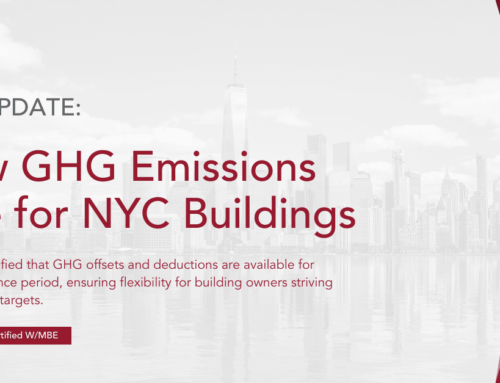Updated: April 26, 2023
The New York State Legislature has replaced the expired 421a program with a new initiative called 485x, also known as the “Affordable Neighborhoods for New Yorkers” program. This new tax incentive program aims to increase affordability for tenants and raise wages for workers on construction projects that receive the tax benefit.
485x makes some significant changes compared to the old 421a program. The program gets rid of the highest-income option of the expired program, which had allowed developers to satisfy affordability requirements by setting aside 30 percent of apartments for households earning 130 percent of the area median income. The new program provides an up to 40-year exemption on taxes, up from 35 years, and requires that the income-restricted units remain permanently affordable. The program is set to expire on June 15, 2034, giving developers a longer timeframe to work with.
Changes in Affordability and Wages
- Wage requirements: kick in for any project with more than 100 units. For those, the wage and benefit floor start at $40 per hour and increases 2.5 percent each year.
- At projects of more than 150 units in Manhattan south of 96th Street and on the Brooklyn and Queens waterfronts, including Williamsburg, Greenpoint and Long Island City, construction workers’ total compensation must be the lesser of $72.45 per hour or 65 percent of the prevailing wage.
- Contractors on such projects in other parts of Brooklyn (including Dumbo and Brooklyn Heights) and Queens (Astoria and Queensbridge) must pay at least $63 per hour or 60 percent of the prevailing rate.
- Those rates also increase 2.5 percent each year — an attempt by the legislature and governor to keep up with inflation.
Affordability: Projects with between 100 and 149 apartments must set aside 25 percent of units for tenants earning a weighted average of no more than 80 percent of the area median income. For larger projects, the AMI number is 60 percent. Developments with six to 99 units must do 20 percent at 80 percent of AMI. Projects outside Manhattan that are 12,500 square feet or smaller and have six to 11 units are eligible for a 10-year benefit and must make at least 50 percent of units rent-stabilized. Condo and co-op projects are also eligible if they are located outside Manhattan and have an average assessed value of $89 per square foot or less. Condos had been a part of 421a before being virtually excluded by the version that expired in 2022.
421a Construction deadline: The budget extends the construction deadline for the expired 421a program by six years. That means developers who managed to get foundation footings in the ground before June 15, 2022, have until June 2031 to finish.
Additional Benefits and Exemptions
- Any newly constructed building since 2009. Newly built rentals are exempt for 30 years.
- Any luxury apartments for rent above $5,846 for a studio, $6,005 for a one-bedroom, $6,742 for a two-bedroom and $8,413 for a three-bedroom.
- Any apartments in buildings with 10 or fewer units where the landlord lives there.
- All rentals in condos and coop buildings.
- All rentals that are income-restricted affordable housing, for example, all units marketed and rented through the NYC Housing Connect lottery.
- All rent-stabilized and rent-controlled units, which have their own rules limiting rent increases and guaranteeing lease renewals.
- Any apartments in building portfolios that have 10 units or fewer. That means that if your landlord owns three buildings with three units in each building, the portfolio has nine units total, making all nine apartments exempt from the new law. But if they buy one more building with three units, that will put their total at 12 and make all their apartments eligible for good cause.
Office Conversions
Mayor Eric Adams projects that up to 20,000 homes could be developed over the next decade by repurposing office buildings into residential units. This forecast depends on several city and state reforms, such as removing the citywide limit on residential floor area ratio (FAR) and introducing a new tax incentive to make these complex and expensive projects financially viable.
Terms of the Conversion Measure:
- Twenty-five percent of the new apartments must be affordable at a weighted average of 80 percent of the AMI, including 5 percent at 40 percent of the AMI.
- The length of the benefit ranges from 25 to 35 years, depending on when the application is filed. The exemption, generally, starts at 90 percent off the tax bill in areas of Manhattan south of 96th Street, and at 65 percent outside Manhattan. For any project, the tax break phases out in its final years.**If you have any questions about the state budget or any state or city issues affecting your business, contact Diane Cahill at 631-770-3840 or by email at dcahill@cahillstrategies.com
Cahill Strategies Construction Solutions Guide to NYC Building Code Chapter 33 Revisions
Cahill Strategies has developed a detailed and documented guide to the most important revisions that New York construction professionals are likely to encounter every day. We were able to do this because Cahill Strategies has been involved instrumentally in the development of these codes.
The 100-page book is meticulously organized and can be used as a handy reference when many common issues arise. In each section, the specific revisions are highlighted, and the new information is presented in a clear and practical manner with further explanation on why the change is so important. All of this, reviewed and vetted by one of New York’s longest serving, former DOB professionals – Cahill Strategies’ Director of Construction Code & Safety, Bobby D’Alessio.
More on Our Construction Solutions Team
Cahill Strategies is a team comprised of skilled construction industry strategists dedicated to guiding clients through the intricate regulatory and political landscape, resulting in propelling projects within New York City to completion. Our expertise lies in representing large general contractors, sub-contractors, construction management firms, design professionals, and owners/developers.
- Liaising with City and State regulatory agencies such as NYC DOB, DOT, FDNY, DEP, Landmarks, HPD, DOF, DOH, DOE, and others;
- Liaising with elected officials and other stakeholders such as NYC Mayor, City Council, Community Boards, NYS Governor, Senate and Assembly;
- Liaising with public utilities, such as ConEd, National Grid, Water & Sewer;
- Liaising with private utilities and telecommunication companies;
- Facilitating submissions to City and State regulatory agencies, Community Boards and other decision makers for project support and approval;
- Consultation on Stop Work Orders, Violations, Commissioner’s Orders and other enforcement actions; and
- Consultation and negotiating fines with the NYC or NYS Department of Finance, and other City and State regulatory agencies.
New York Construction Solutions
Cahill Strategies has experience representing large general contractors, construction management firms, owners, and developers. A key to our success is our vast network of decision makers that we have the ability to reach on your behalf. Additionally, our team is involved in the legislative and regulatory processes at the Federal, State, and Local levels which affect the construction industry in New York State, New York City, and surrounding regions. We possess the knowledge of industry standards and trends, along with key relationships that will bring your projects to fruition. Read more…
Helpful Links:
Contact Us:
Get to know Bobby D’Alessio

As Cahill Strategies’ Director of Construction Code and Safety, Bobby brings an unparalleled level of knowledge and practical experience to our growing construction solutions practice area.
 Cahill Strategies Welcomes Former NYC DOB Director of Construction Safety Enforcement, Bernie Ross
Cahill Strategies Welcomes Former NYC DOB Director of Construction Safety Enforcement, Bernie Ross
It is with great pleasure that Cahill Strategies welcomes veteran DOB safety leader Bernie Ross as Senior Construction Safety Associate.
Bernard “Bernie” Ross is former New York City Department of Buildings Director of Construction Safety Enforcement. With more than 20 years serving the DOB as a Construction Inspector, Supervising Inspector, Director Major Projects, and finally, Director of Construction Safety Enforcement. Read more about Bernie here…
Get to know Kevin Moran


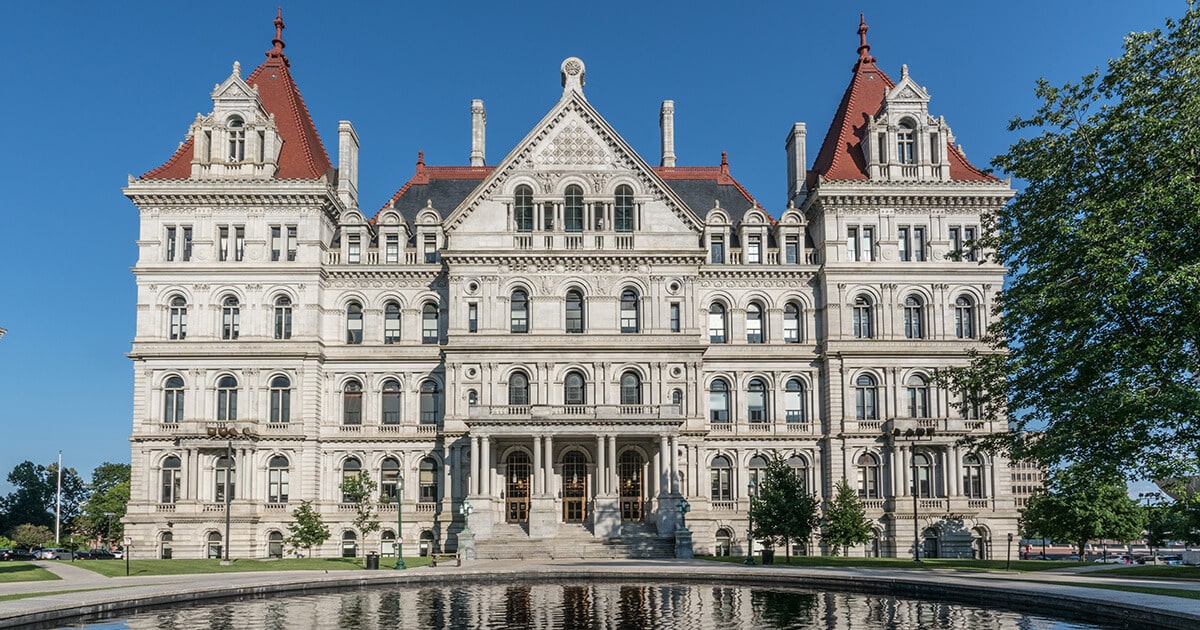
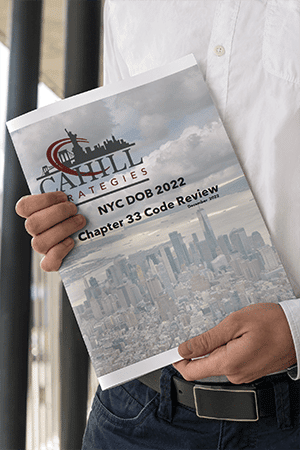
 Cahill Strategies Welcomes Former NYC DOB Director of Construction Safety Enforcement, Bernie Ross
Cahill Strategies Welcomes Former NYC DOB Director of Construction Safety Enforcement, Bernie Ross